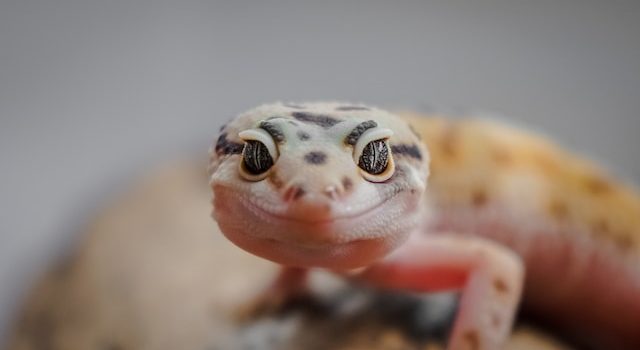
Introduction: Lizards, with their intriguing array of adaptations and diverse habitats, have evolved a wide range of feeding strategies to survive in various ecosystems around the world. From the insectivorous hunters to the herbivorous grazers, lizards exhibit remarkable dietary flexibility. In this article, we delve into the fascinating world of lizard diets, exploring what they eat and the unique ways in which they hunt for their meals.
- Insectivores: The Masters of Precision A significant portion of lizards are insectivores, feasting on a variety of invertebrates. They employ remarkable hunting techniques, relying on speed, agility, and stealth to catch their prey. With lightning-fast reflexes, insectivorous lizards, such as geckos and anoles, snatch up insects like crickets, beetles, and grasshoppers. Their specialized tongues and sharp teeth aid in grasping and consuming their small, wriggling meals.
- Carnivores: Masters of the Chase Carnivorous lizards are formidable hunters, often pursuing larger prey to sustain their energy needs. Examples include monitor lizards, which are known to prey upon birds, small mammals, fish, and even other reptiles. These carnivores rely on their strength, sharp teeth, and powerful jaws to capture and subdue their quarry. They employ a combination of stealth, ambush, and pursuit techniques to secure their meals.
- Herbivores: The Grazers of Greens While the majority of lizards are carnivorous or insectivorous, there are notable herbivorous species that have adapted to a plant-based diet. Iguanas and some species of skinks are known for their herbivory. They consume leaves, flowers, fruits, and other plant parts, often requiring a specialized digestive system to process the cellulose present in plant material. Herbivorous lizards are expert grazers, utilizing their sharp teeth and jaws to break down tough plant fibers.
- Omnivores: The Versatile Feeders Some lizards display a versatile dietary range, consuming both animal and plant matter. Omnivorous lizards, such as fence lizards and blue-tongued skinks, have adapted to eat a wide variety of food sources. They have the ability to switch between insects, small vertebrates, fruits, flowers, and even carrion depending on the availability of resources. Their adaptable nature allows them to survive in diverse environments and exploit different food sources.
- Feeding Techniques and Adaptations: Lizards employ various feeding techniques and possess unique adaptations to capture and consume their prey. Some species, like chameleons, have projectile tongues that can extend rapidly to snatch insects from a distance. Others, such as agamids, are sit-and-wait predators, relying on camouflage and ambush to surprise their unsuspecting prey. Additionally, some lizards possess venomous glands or specialized dentition to subdue and consume their meals effectively.
- Ecological Importance: Lizards play crucial roles in their ecosystems through their feeding habits. As insectivores, they help control populations of insects, acting as natural pest control agents. Herbivorous lizards contribute to seed dispersal and can influence plant populations. Additionally, as prey for larger predators, lizards serve as an important link in the food chain, maintaining balance within their respective habitats.
Conclusion: The dietary habits of lizards reflect the incredible diversity and adaptability of these captivating creatures. From the precision hunters to the opportunistic feeders, lizards have evolved an array of strategies to survive and thrive in their environments. Their feeding techniques and specialized adaptations showcase the marvels of natural selection.










